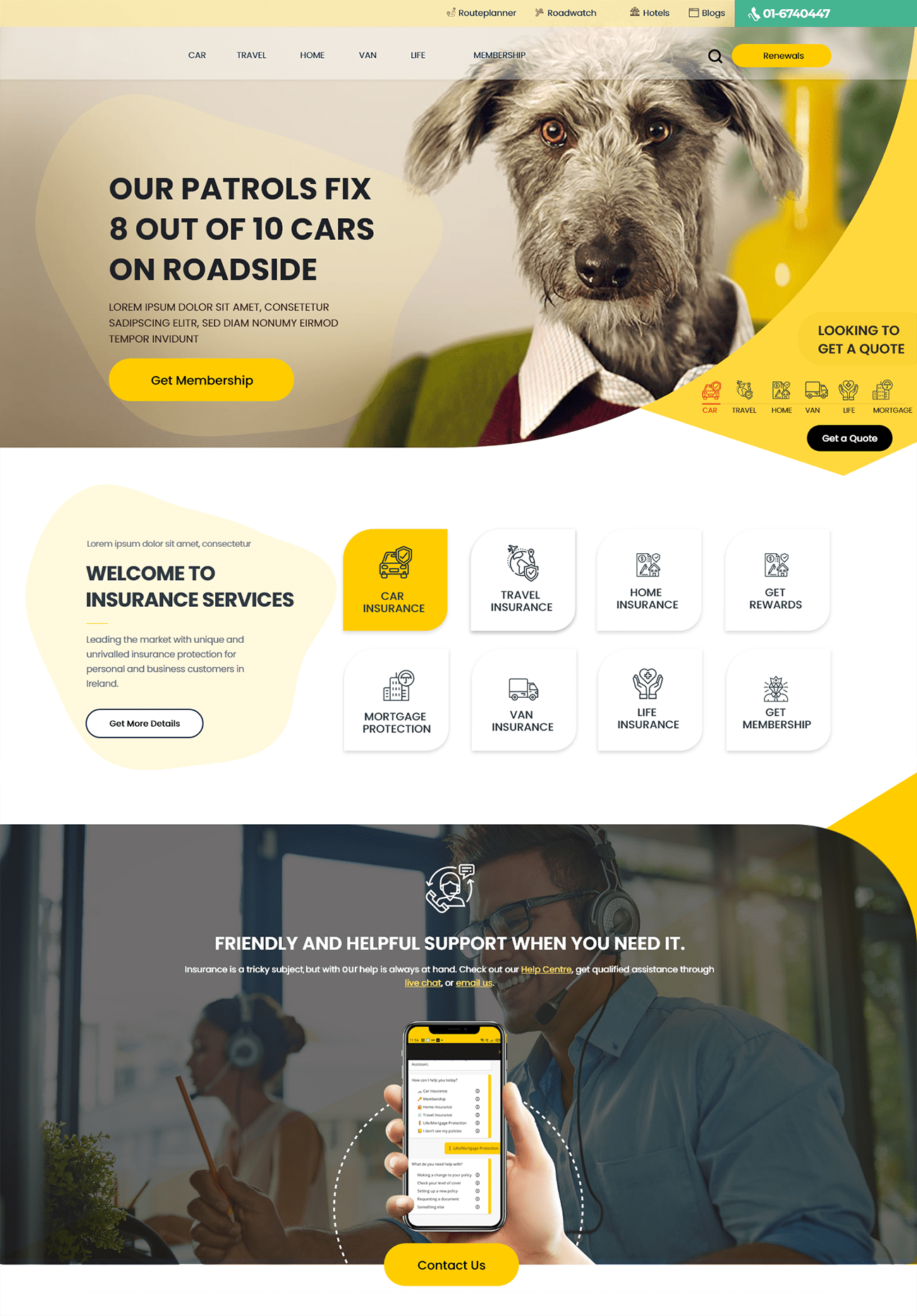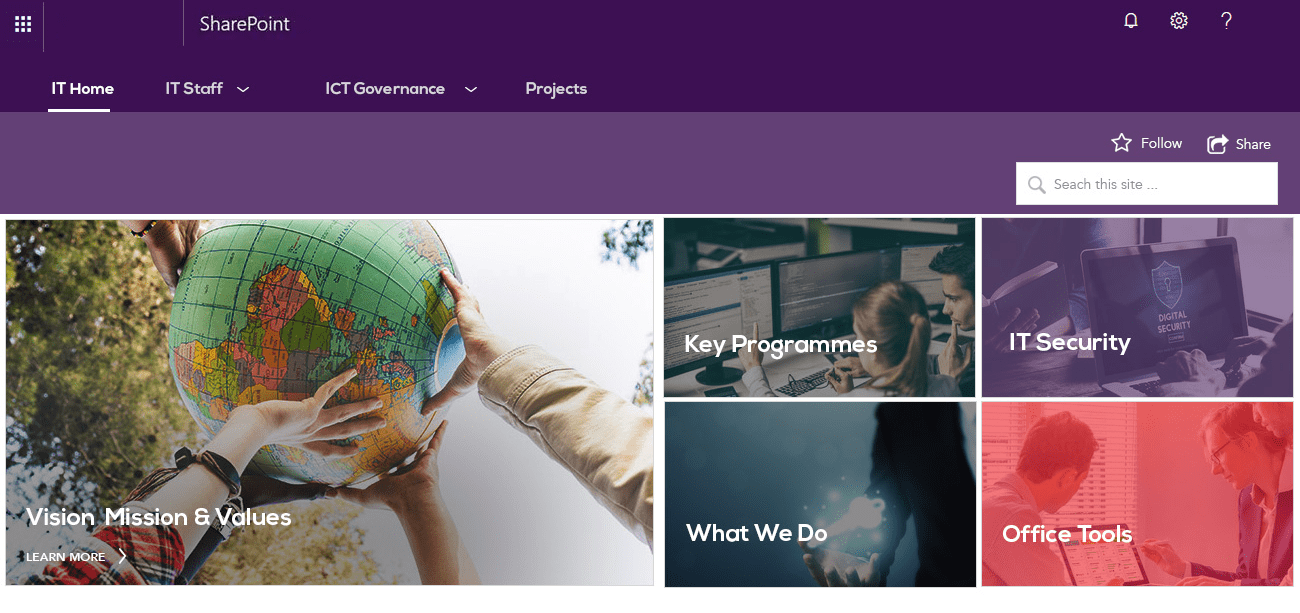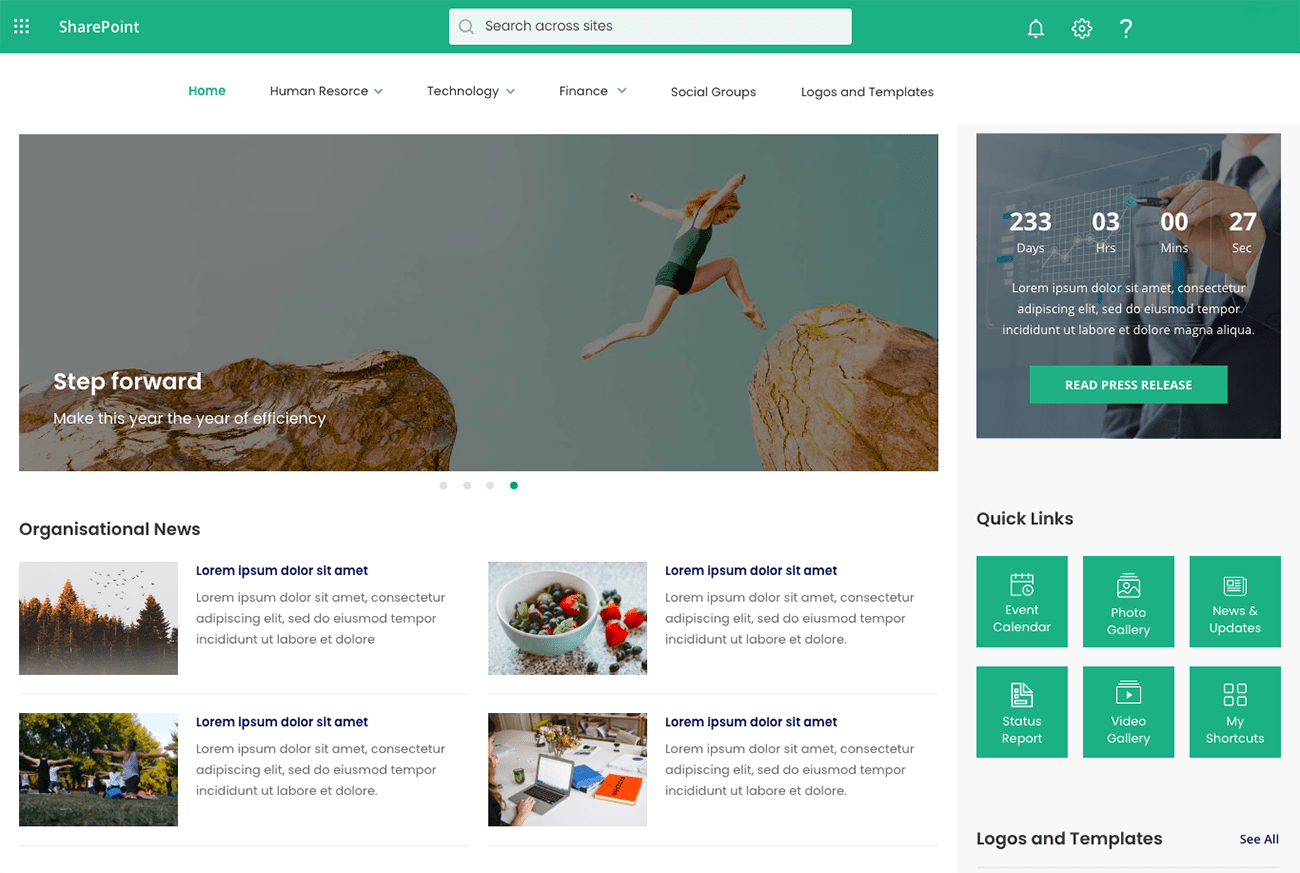Accelerating Digital Experiences with Powerful UI/UX for Leading Industries
The pace of Digital Transformation is progressing faster than ever, as digital is becoming the primary medium for all consumers, and this is most likely to be the reality going ahead. This has brought focus on brands to deliver outstanding first impression and experiences at every digital touchpoint. However, this can only be possible when there is a good UI/UX strategy in place.
UI & UX has emerged as a mainstay when it comes to offering an engaging and easy-to-navigate website/user interface to users. The success of any custom-built website or mobile application is certainly determined by the user experience and user interface which ensures that the website is interactive, fully responsive, and interoperable with all devices, platforms, and touchpoints.
Let us look at what some of the leading companies have to say about the value of UI/UX:
- Every dollar invested in UX nets an ROI of 9,900%. – Forbes
- 74% of users are likely to return to a site if it’s mobile-friendly. - Google
- Better UI means a 200% conversion rate increase. – Forrester
- 32% of visitors will permanently leave a website they love after just one bad experience. - PwC
From the above statistics, it can be clearly inferred that poor UI/UX design is one of the major reasons why users stop engaging with a website or an application. On the other hand - effective UI/UX design can help in increasing user retention, engagement, conversion rates and eventually better ROI.
In this blog, we will discuss the significance of UI/UX in top growing industries and how it can help in their digital transformation journey.
1. Redefining & Simplifying User’s Insurance Journey
According to a recent Gartner survey, more than 70% of consumers of all ages prefer to self-service online rather than call customer service.
This poses a challenge for the legacy companies of keeping parity with the insurance disruptors in their efforts to create a seamless digital experience for customers when applying for insurance, renewals or filing claims. Such processes are quite cumbersome for the customers to carry out on their own, therefore implementing a user-centric strategy to make the interface simple, intuitive, and user-friendly can help the users understand the workflow easily.

2. Enriching Staff & Student Experiences using an intuitive and personalised interface
The pandemic compelled schools and universities around the world to transform their traditional ways of learning by integrating digital technologies to provide remote learning to their students. Remote learning can be offered using web-based or mobile applications, and in both cases, UI/UX has a vital role to play.
Good UX can help in making the most relevant information easier to find for the prospective students, thus clearing the path towards interactive learning and student conversions. An interactive interface can make the tasks undertaken by the students such as logging in using a single sign-on, registering for a class, checking grades, reviewing exam schedules, uploading assignments and so on very seamless & convenient.
Certainly, not only students but your faculty and staff members also benefit from good UX/UI in accessing student’s details, uploading classroom schedules, planning doubt sessions, disseminating exam results and so on. A connected experience can make their jobs easier, give them more time for strategic work, and free them for more meaningful interactions with students.

3. Enhancing Digital Banking & Customer Experience
Today a wide number of transactions are taking place via digital means only. Therefore, every new and existing Banking and Financial Services is adopting UI/UX to enhance their digital channels and deliver excellent customer service with user-friendly features.
It can provide users with one-stop solution wherein they can make smooth transactions, monitor deposit accounts, credit accounts and investment accounts from a single application. An intuitive UX strategy can also guide & persuade customers to invest in mutual funds, apply for loan facilities and automatically pay routine bills with a few settings on an app.

4. Improving Healthcare and Patient Satisfaction
The pandemic has lessened face-to-face interactions between patients and doctors which has made it mandatory for healthcare providers to digitize the medical services while focusing on the design and interface of the platforms provided to the users to improve patient care and experiences.
One of the scenarios where UI/UX elements can play a major role is in Video Conferencing Solutions and Remote Health Monitoring apps which are the most popular tools that medical organizations use for delivering clinical services from a distance. Using characteristics such as age, technical skills and mental states, these apps can be made more creative to recreate satisfying in-person experiences between doctors and patients in a virtual environment.
5. Reinventing Customer Communication Management with powerful UI/UX
The proliferation of newer communication channels has made it difficult for organizations to support increasingly digital customers and provide a true multi-channel customer journey by using existing CCM platform interfaces.
A careful UI/UX design strategy can help in transforming the way organizations interact with their customers as well as their employees by making the platform more streamlined, agile, proactive, easy-to-use and intuitive. This can help overcome the rigid, reactive communication processes and create pleasurable, super engaging experiences for customers.
To know how Espire is helping leading brands accelerate their digital transformation initiatives and provide end-to-end design & consulting solutions, visit > /services/digital-experience-platforms or get in touch at marketing@espire.com